With the increase in flexible working, more people are looking to smaller towns outside of Copenhagen to either work from home or commute from. Here are some of the popular commuter towns.
Kokkedal/Fredensborg (north of Copenhagen)
From our reader survey, Kokkedal/Fredensborg were the most popular areas people lived.
“We can have a big house with a garden for the kids compared to a small flat in Copenhagen,” one reader said.
“Houses are affordable for North Zealand compared to Lyngby, Birkerød or Holte for example,” added Judy, another reader. “Not a lot of apartments or rentals available though.”
She said she loved the “amazing nature” of the area, as well as the safety, community spirit and fact it was close to amenities and Hillerød.
The commute however is not the quickest of the commuter towns.
“On the days I work in town it costs 52 kroner each way, I need to get a bus or walk to Kokkedal then the train and then a bus or walk to work so it takes up to 1.5 hours,” said one reader.
Judy agreed that it normally took her an hour and a half to get to Copenhagen’s central station. She said that the “cost can be reduced by using a pendelkort and there is a tax deduction for long distance commutes.” However another reader in the area said it took them 30 minutes to get to Copenhagen central.
The worst part about living in the area, Judy said, was that “local trains and buses only run once an hour on weekends”.
“If you don’t have a car, it’s a pain.”
Another reader complained that “the restaurant scene is not great” and that the “general access to culture” was limited, although the Louisiana Art Gallery, they said, was “not far away”.
What Judy loved about the area was “amazing nature. Safety. Close to amenities. Community spirit. Houses are more affordable than similar areas like Birkerød. Three stops from Hillerød station. by train. There are also buses to towns on the kystbanen line.”
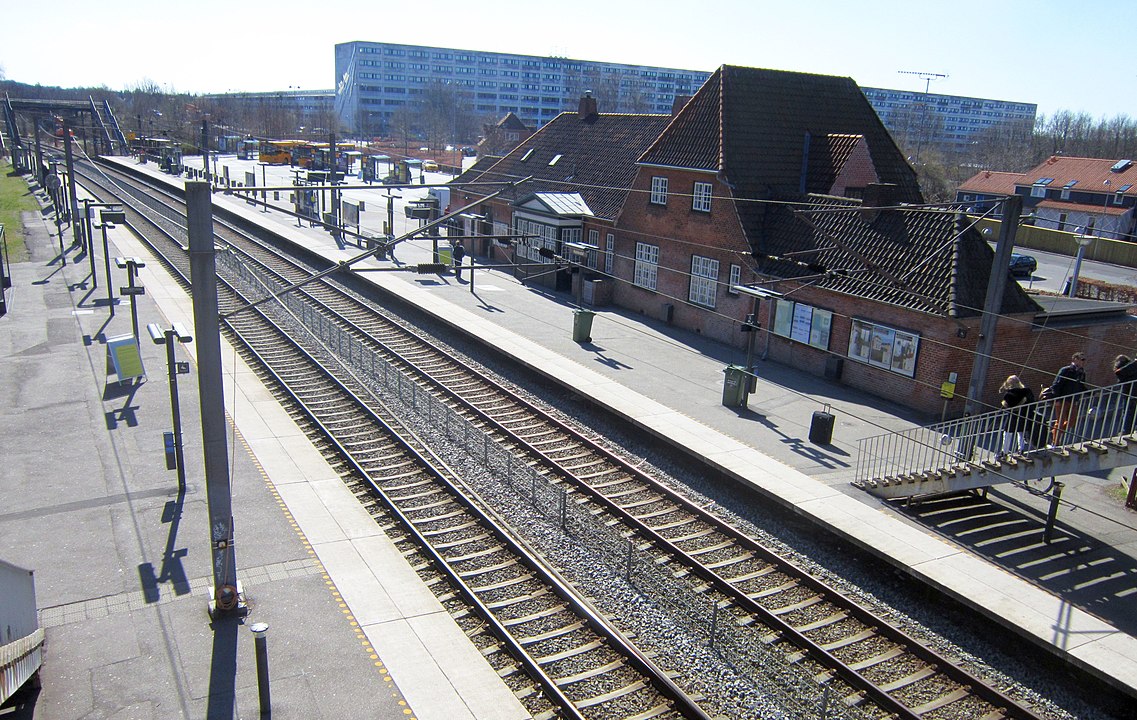
The north of Copenhagen is a popular choice for commuters, due to the area’s many beaches and the good train links to the centre of Copenhagen.
Other popular commuter towns are Hillerød, Holte, Bikerød, Rungsted and Hørsholm.
Vedbæk (north of Copenhagen)
A few kilometres south of Kokkedal but still north of Copenhagen, Vedbæk, reported our reader Ron, offers “small town life” where “nearly everyone knows each other”.
The wealthy coastal town, he said, “has everything we need, with easy train access to the Copenhagen on the Regionaltog.” In addition, the commute is “very reliable”, taking only 20 minutes on the train to Nørreport.
The downside, he said, was that housing in the area was very expensive. “It’s probably even more expensive in Vedbæk than in Copenhagen!”
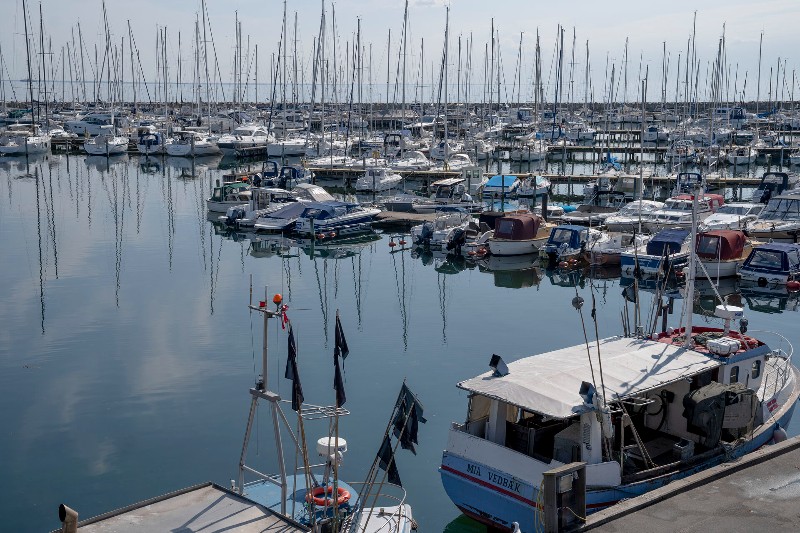
Frederiksund (north of Copenhagen)
A bit further out from Copenhagen to the northeast is Frederikssund, which our reader complained suffered from a “lack of culture”, a “paucity of good restaurants”, a pedestrian street facing some sort of “death”, and a shopping centre which was “hugely dull”.
The only things he mentioned in the town’s favour were that is close to the Roskilde fjord, the Isefjord and to nature in general, and that it was less expensive for “a quality house with a good garden” than Copenhagen.
He said the commute to Copenhagen Central took between 45 and 50 minutes, but warned that “‘reliable’ is not a word that can easily be used in a sentence about the C line trains”.
Stenløse (west of Copenhagen)
To the west of Copenhagen, in Stenløse, housing costs are “much much lower” than the capital, according to one reader. They liked the “house prices, quiet, facilities, nature” and fact it was “still close to the city (36 minutes by train to go to Copenhagen Central).”
However they pointed out there are “only a few restaurants” and “a car is somewhat important.”
The reader mostly worked from home but their commute involved cycling to the station then taking the S-tog to Copenhagen central station and another bike ride of a few minutes. “It takes about 40 minutes. Train is pretty reliable and runs every 10 minutes during the weekdays,” the reader said.
Other popular commuter areas in the west include Roskilde, Ringsted and Slagelse.
Køge (south of Copenhagen)
To the south of Copenhagen and on the coast, Køge was described by a reader as “quieter” and “cleaner” than Copenhagen, with no real negatives.
“It’s a lot cheaper. I pay around 3,000 kroner for a single room student accommodation – two of my friends that live in Copenhagen pay 7,000 kroner a month – for a student apartment smaller than mine!” the reader said.
Their commute is “30 – 50 minutes depending on transportation mode (S-tog and regionaltog) – it costs around 650 kr a month with Ungdomskort.”
Dragør is another favourite to the south of Copenhagen due to its old-town charm.
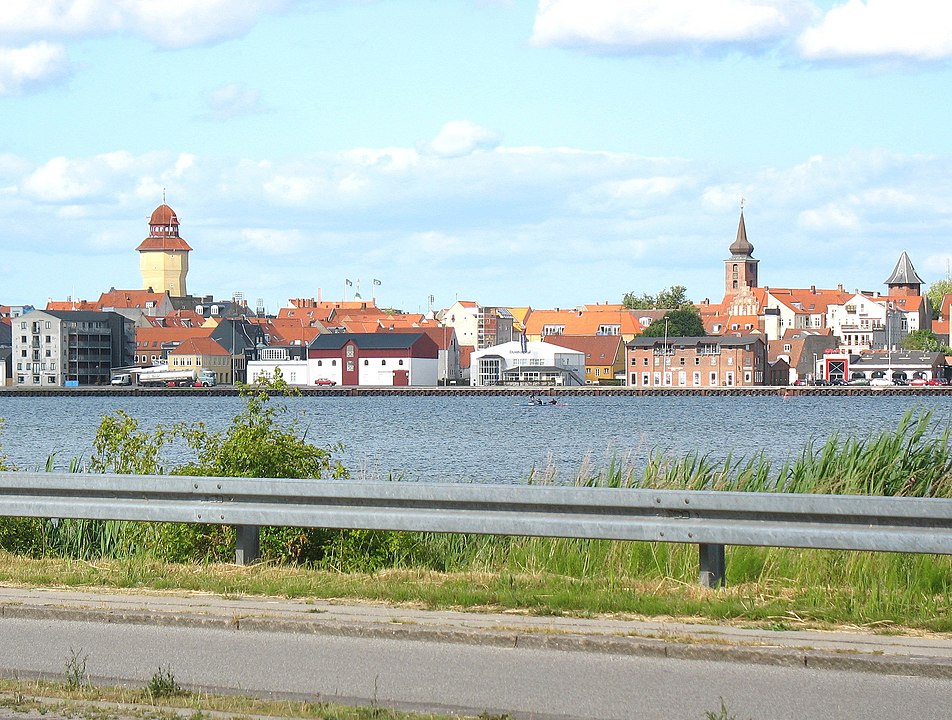
Nykøbing F (southern Denmark)
Nykøbing F, as it’s known, is a city on the island of Falster in southern Denmark, next to Lolland. Despite being further afield, Matthew found his commute “easy and reasonable” and house prices “much less” than in Copenhagen. He found the area he lives “peaceful” and “beautiful” with nothing he doesn’t like.
Odense (Fyn)
As the third largest city in Denmark, on the island of Fyn, Odense may feel far from Copenhagen. But reader Adrian said his commute to Copenhagen by train took “just over an hour. In a quiet carriage it’s relaxing and a great place to get work done.”
Adrian said house prices in Odense were at least half the cost of those in Copenhagen. “Cheaper housing, easy parking everywhere. Odense is a city with a small town vibe,” he said. The only minor point he said was the “lack of ‘cool’ cafes compared to Copenhagen.”
It’s says something about transport in Denmark that commuting from a different island 300km away can take the same time as commuting from a village just 40km north of Copenhagen.
Some commuters even travel from Malmö in Sweden, taking advantage of the the fast train over the Øresund Bridge.
Do you have experience of living in a Copenhagen commuter town or village? We’re still interested in collecting readers’ experience of the different options. So if you want to contribute, please fill in the form below:

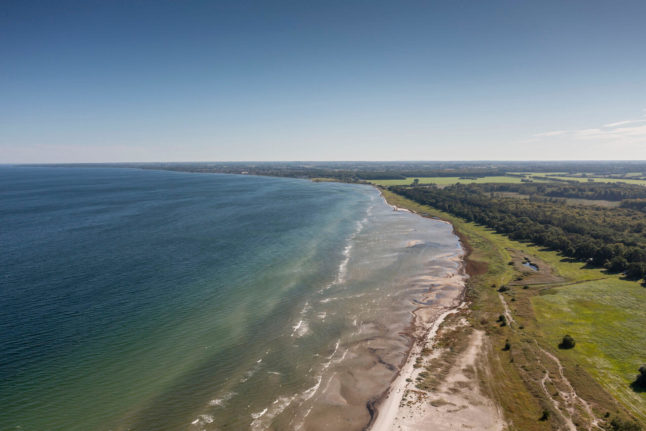
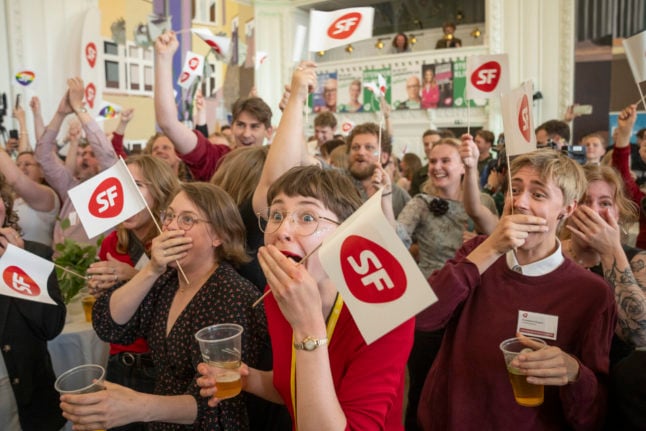
 Please whitelist us to continue reading.
Please whitelist us to continue reading.
Member comments